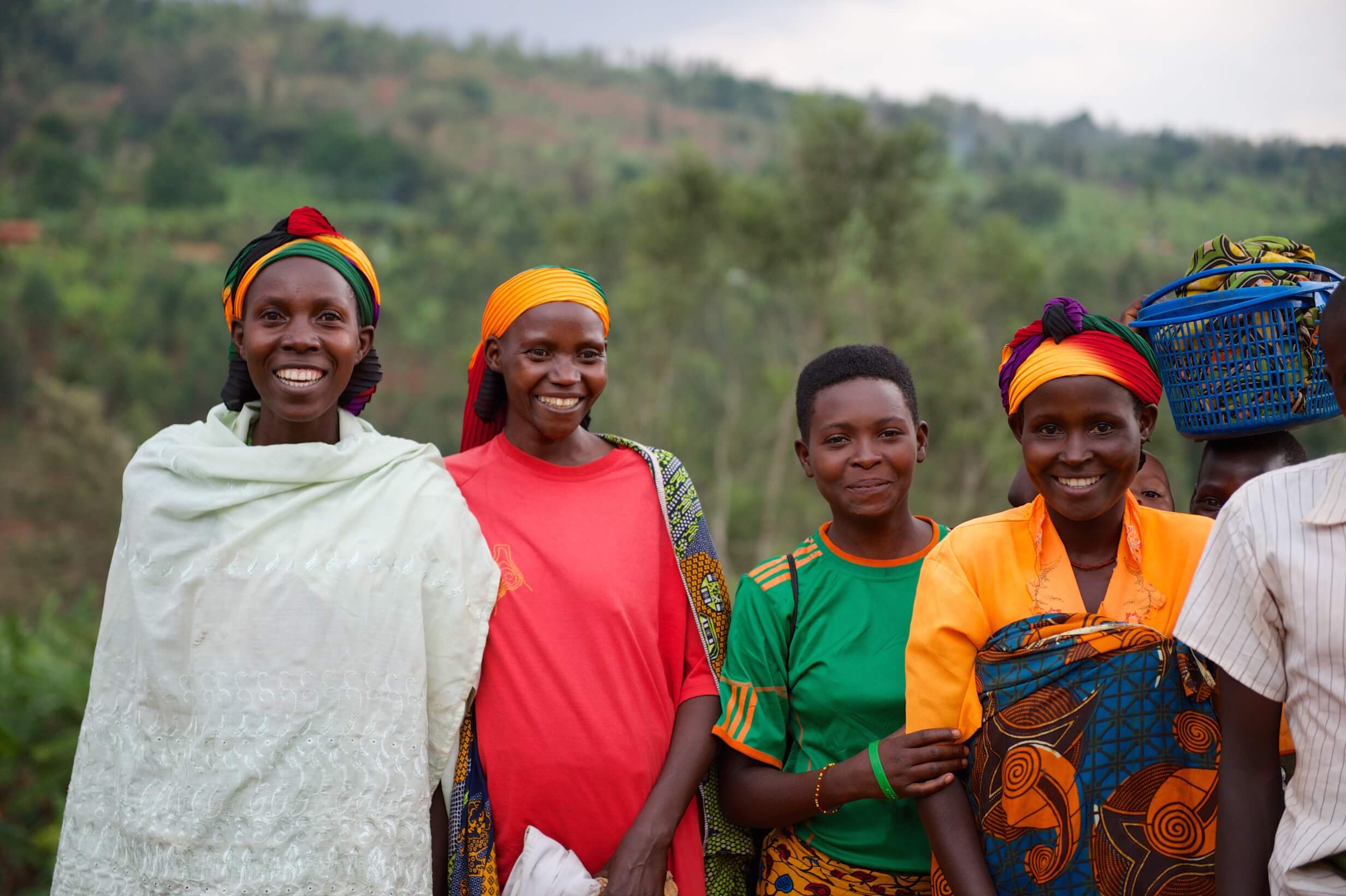A guide to handling problems at any international frontier might usually entail tips on how to complete a form and a reference guide to import taxes and regulations. But in Burundi, the assistance has been taken a whole lot further with a guide on how to avoid confrontational body language when women traders, the bedrock of cross border trade, deal with customs and tax officials. Laid out in cartoon-style diagrams, the guide is one of many innovative ways Search for Common Ground (SFCG), an international NGO, is helping ordinary people adapt to the realities of trade now that one of Africa’s smallest states is now a member of one of Africa’s biggest trade blocs, the East African Community (EAC). “Our aim is to help women traders improve their position in the new realities of EAC membership, and that means helping them understand today’s realities of paying taxes and duties and dealing with officials without getting into rows,” says Floride Ahintungiye, Programme Director of SFCG, “It starts with just simple things, like learning that finger pointing immediately sets your interlocutor on the defensive. It’s amazing how much progress you can make when you start off with the right attitude of working together to solve problems.” As the EAC grows and becomes more streamlined, borders become the interface not just between member states but EAC citizens, women notably, struggling to come to terms with the new realities of tariffs, duties and procedures EAC rules mandate. Signs posted along major roads in Burundi...
Body language lessons help Burundi women solve border disputes
Posted on: February 26, 2015
Posted on: February 26, 2015
























